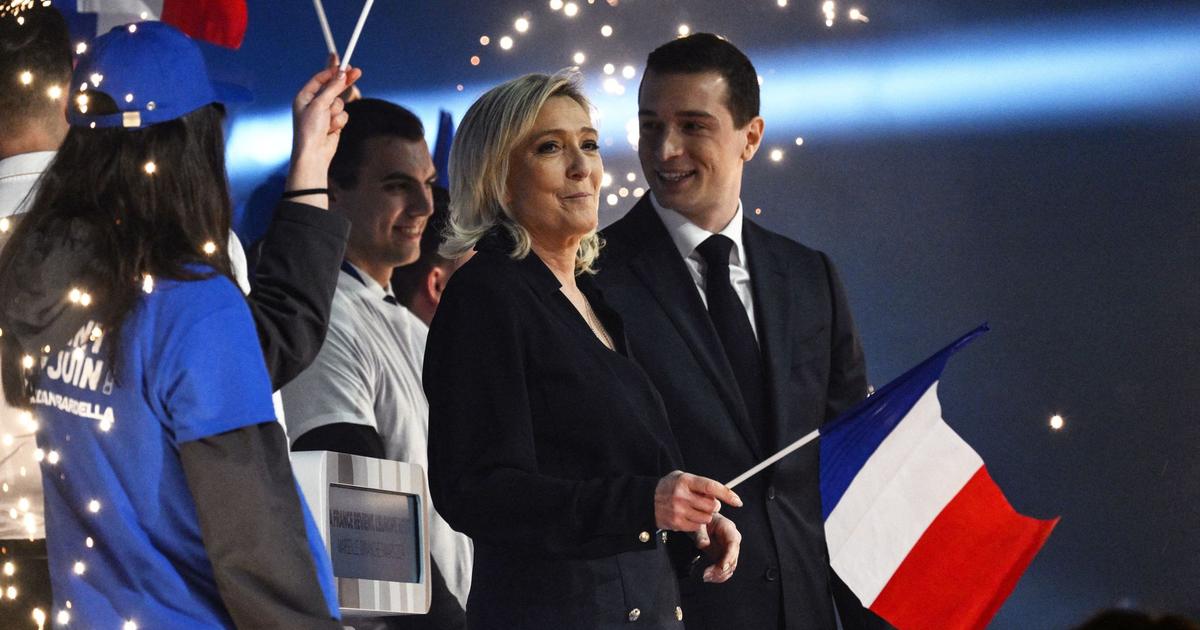08/10/2021 18:12
Clarín.com
Economy
Updated 08/10/2021 6:12 PM
There are two coinciding results inside and outside the Government
regarding the dollar and the need for an agreement
with the International Monetary Fund until the end of the year.
The first is that the process of
dollarization of the
traditional
savings
of the electoral years
was advanced a month
and in July it showed its teeth.
Although last month was the one with the
highest
export
currency liquidation
for July (US $ 3,520 million), the Central Bank had to part with US $ 400 million to stop the rise in free dollars.
When the blue dollar
touched $ 185
the alarms went off and, perhaps it was a political coincidence, it was the same July 24th when, at the launch of the candidates for deputies of the Frente de Todos, Vice President
Cristina Kirchner gave a signal that the market interpreted aimed at avoiding exchange rate tremors
in the coming months.
The vice president anticipated that the US $ 4,300 million that the IMF will grant to Argentina to face
expenses due to the pandemic
, in reality, will be used to pay the same organization about US $ 3,800 million of obligations that expire until the end of the year.
Cristina Kirchner gave a signal that the market interpreted aimed at avoiding exchange rate tremors.
Market operators read that the vice president was in moderate mode for fear of what could happen to the dollar and added to the belief that an agreement with the IMF after the legislative elections in November
is inevitable
.
The reasons for the agreement are categorical: next year US $ 20,000 million from the IMF will expire and the Government
has neither the money nor the possibilities
to find alternative financing to fulfill that commitment.
Although the inevitable often does not happen, inside and outside the Government it is accepted that
there is no option
to some type of agreement and there a range of possibilities opens on terms and amounts of a new loan.
Sources close to the Palace of Finance assure that the minister
Martín Guzmán has an Excel document that has been widely discussed with IMF technicians and
awaits political decisions for December.
Kristalina Georgieva, head of the IMF.
Photo Victor Sokolowicz
But the "taxi" of
pre-electoral dollarization
was a little early and the markets began to draw accounts on whether the Central Bank has enough reserves to reach the end of the year in a framework of certain exchange rate tranquility.
In a recent EcoGo report, Marina dal Poggetto points out that the "net" reserves of the Central Bank
they fell $ 1.5 billion from the peak of $ 7.3 billion a month ago and
are now around $ 5.8 billion
.
Although with exchange stocks, Miguel Pesce
You always have the option of turning the faucet on currencies, the Central Bank has been showing signs of
avoiding cutting currencies to pay for
imports
.
But an average of consultants estimates that the Central will have to
sell between US $ 400 and US $ 600 million per month to avoid strong increases in free dollars
, such as cash with liquidation that is at $ 172.75.
Thus, and if there are no surprises, they calculate that
the net reserves at the end of the year will be between
US $ 3,500 / 3,600 million,
considering that 85% of the IMF's money will be used to pay the organization itself.
While the path of dollars appears marked, that of pesos is a great unknown despite the evident excess of liquidity.
A very marked characteristic of the financial moment is that the companies that collect pesos
do not know where to place them
and the private banks assure that
the demand for
credit
"is zero"
despite the low relative level of the interest rate.
The official statistics of the Central Bank show a particularity regarding savings in pesos: the rate for a fixed-term retail depositor
is 37% per year,
while for placements of more than one million pesos it is 34%.
Usually, deposits for a larger amount obtain a higher rate, but for banks the pesos are left over on all four sides as they have the State as the predominant policyholder, be it the Central Bank or the Treasury.
Miguel Pesce seeks to preserve the reserves of the Central Bank.
Photo Federico López Claro
The 37% deposit rate or the active rate that fixes the cost of credit at around 40% are
negative against
inflation
that is traveling to 50%
this year, but that is not a sufficient argument to stimulate the demand for credit.
The uncertainty weighs more.
Regarding the absorption of pesos, the Central Bank's liabilities (Liquidity Letters and passive repos) reach $ 3.7 trillion, which partly explains why Pesce does not want to raise rates.
If it did,
the main cost would have to be borne by the Central itself
.
With
fewer dollars and many more pesos
, the analysts' eyes for the second part of the year are focused on two points that the EcoGo report defines in a few lines.
He says: "The attempt to
put money in
people's pockets
via the second round of joint elections, the reduction of the Income tax and subsidized lines of credit such as Now 30 for the purchase of durable goods,
will
surely
have an impact on the consumption in the next four months
. "
And he concludes: "All policies already used that, in a context of scarcity of reserves, have diminishing returns. Said in Creole, they impact a little on the quantities and a lot, in a second round,
on prices and the exchange gap
."
Look also
For the United States, the government can play a role in the democratization of the region
The uses of the IMF's SDR






/cloudfront-eu-central-1.images.arcpublishing.com/prisa/B3UGIK2AZZFOZB7VSLLA5GPJM4.jpg)


